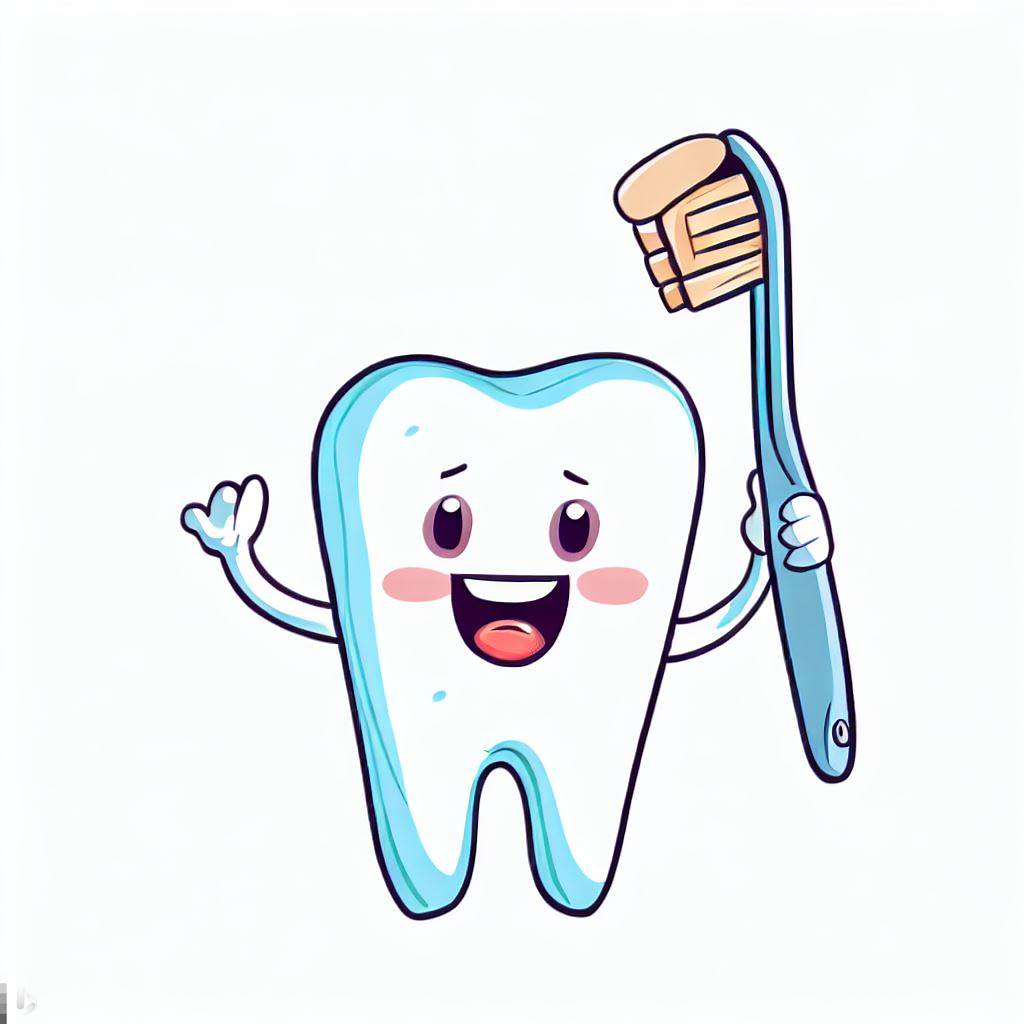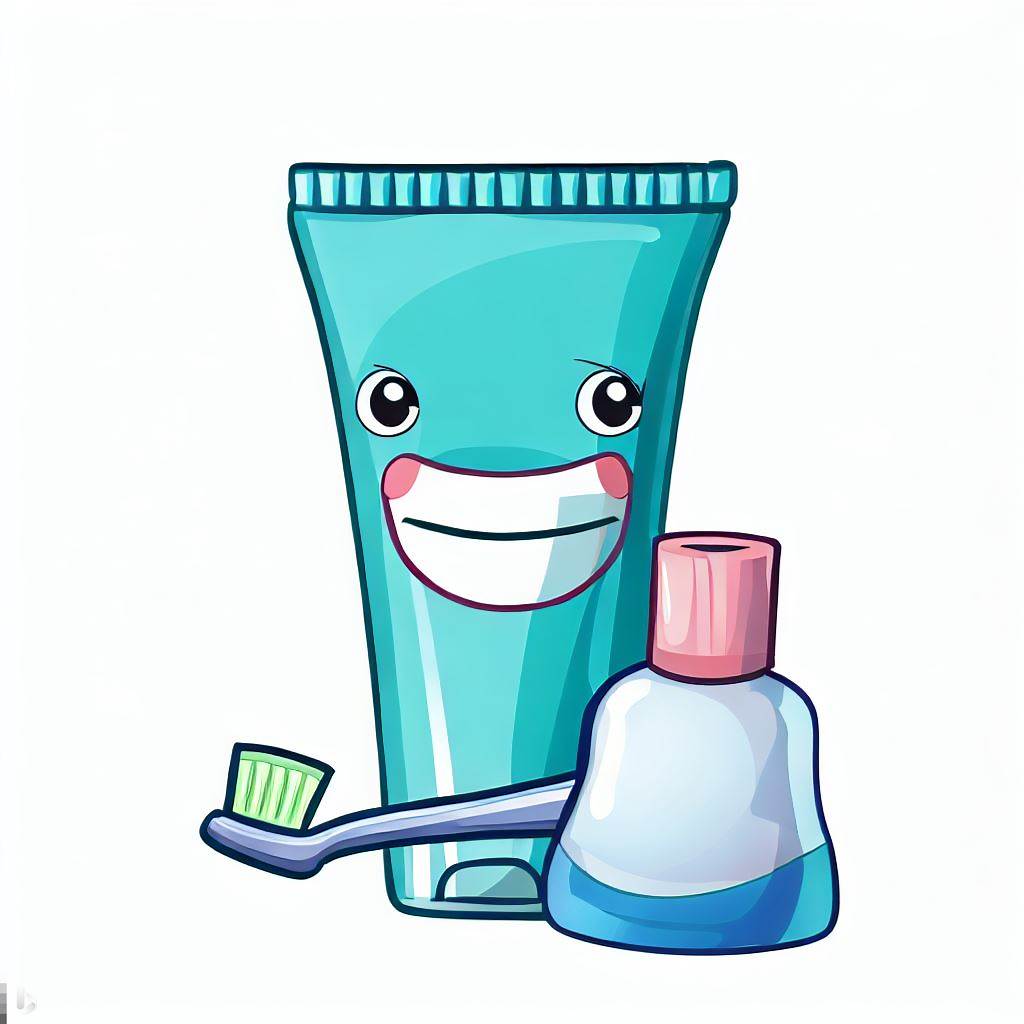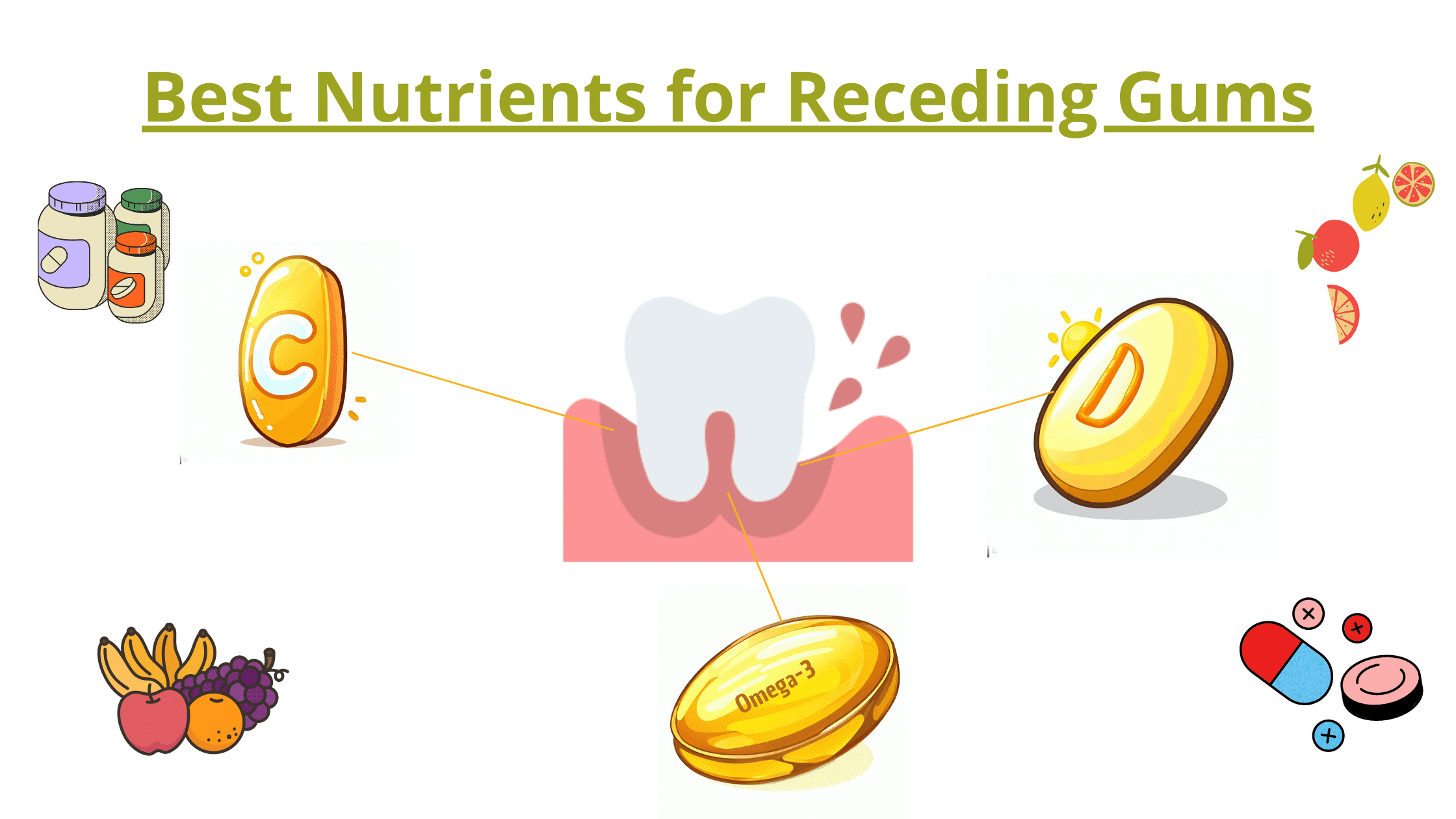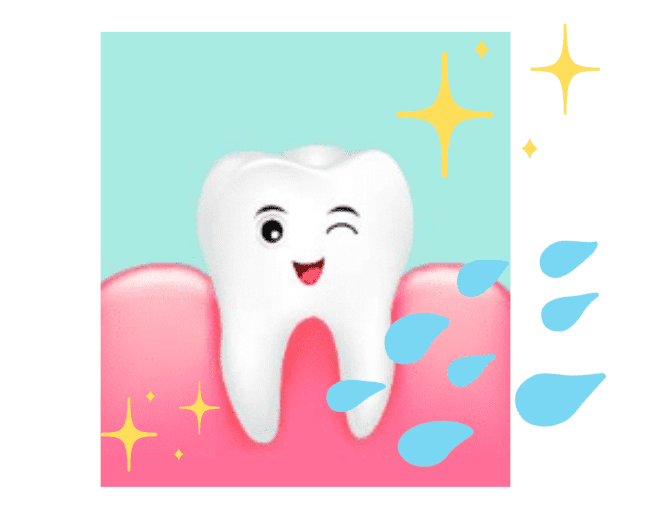6 Immediate Steps to Stop Receding Gums from Getting Worse
 Receding gums are a common dental condition. And the more you age, the more risks go up. In fact, 88% of people aged 65 and above have at least one tooth with exposed roots. The issue is, without timely action, it can worsen over time.
Receding gums are a common dental condition. And the more you age, the more risks go up. In fact, 88% of people aged 65 and above have at least one tooth with exposed roots. The issue is, without timely action, it can worsen over time.
The good news? Identifying the root causes can make a big difference in stopping their progression.
In this article, we'll delve into the two primary triggers of receding gums, equip you with proactive strategies to prevent them from progressing and explore options for covering exposed roots while enhancing your smile.
1. Which of These Two Main Factors Causing Your Gums to Recede?
2. 6 Steps to Stop the Progress of Receding Gums
3. Can You Reverse Receding Gums at Home?
4. Are There Non-Surgical Options to Cover Exposed Roots?
2. 6 Steps to Stop the Progress of Receding Gums
3. Can You Reverse Receding Gums at Home?
4. Are There Non-Surgical Options to Cover Exposed Roots?
Which of These Two Main Factors Causing Your Gums to Recede?
Gum recession has two main triggers: Plaque Buildup and Trauma. These factors can combine and interact with other risks, further increasing the likelihood and severity of the issue.Factor 1: Plaque Buildup
Plaque, that sticky film on your teeth, is a major culprit behind gum recession. When plaque isn't removed through proper brushing and flossing, it can lead to inflammation and irritation of your gums. Over time, this can cause your gums to pull away from your teeth, exposing more of the roots.
Factor 2: Trauma
Trauma to the gums can also contribute to recession. This could be from aggressive brushing, using a toothbrush with hard bristles, or even habits like teeth grinding. These actions put undue pressure on your gums, causing them to recede over time.
Why Finding the Root Cause Matters
Identifying whether plaque buildup or trauma is the main trigger is crucial because once you pinpoint the cause, you're well on your way to tackling the issue head-on. In fact, understanding the root cause should be your first step in treating any gum condition.
By addressing the root cause – whether it's improving your oral hygiene routine or removing any source of irritation – you're preventing receding gums from progressing further and creating the right conditions for healing.
6 Steps to Stop the Progress of Receding Gums
If you've noticed your gums receding, there's no need to fret. There are several steps you can take right from the comfort of your home to prevent this common dental issue from worsening. Here are 6 steps to consider:1. Perfect Your Brushing Technique

We all know that regular tooth brushing is vital for optimal oral health. But many people tend to brush their teeth too vigorously than they should.
Remember, plaque is soft and can be removed with gentle brushing. Brushing too hard can not only lead to gum recession but also damage your tooth enamel.
If you've been using a hard toothbrush and aggressive technique, it's time to switch to a softer toothbrush and a gentler motion.
Hold your toothbrush at a 45-degree angle towards your gums. Use gentle, circular motions to clean both your teeth's surfaces and the gum line. In doing so, imagine you're massaging your gums rather than scrubbing.
2. Prioritize Your Oral Hygiene

Maintaining excellent oral hygiene is key to combating plaque, the main culprit behind gum disease and cavities. This means brushing at least twice a day and cleaning between your teeth daily, whether using dental floss, a water jet, or an interdental brush.
Since brushing is the most important part of your oral hygiene routine, make sure you use the right tools:
- Toothbrush: Go for a toothbrush that feels comfortable. If using a manual one, ensure it's soft and use it correctly. Alternatively, an electric toothbrush is a better option; it's more convenient, improves blood circulation to the gums, and cleans better.
- Toothpaste: Choose a toothpaste that's gentle on your gums and complements your toothbrush's action for efficient cleaning.
Lastly, incorporate tongue cleaning into your routine by using a tongue scraper. Harmful bacteria can reside on your tongue, so regular cleaning reduces the risk of gum disease while also improving taste and breath.
3. Do You Pay Attention to Your Diet?

Your diet plays a pivotal role in combating various health issues, including receding gums.
A balanced diet rich in vital vitamins and minerals provides the anti-inflammatories and antioxidants your body needs to maintain healthy gums. Key nutrients include:
- Vitamin C: Acts as an antioxidant and aids in rebuilding collagen, the foundational component of gum structure.
- Omega-3s: anti-inflammatory properties.
- Vitamin D: Offers anti-inflammatory benefits and strengthens the immune system, gums, and underlying bone.
- Vitamin E: Acts as a potent antioxidant.
- B-Complex Vitamins: Essential for healing and cellular function.
You must also limit foods that can worsen gum disease by promoting inflammation. These include sugary and cholesterol-laden processed foods.
Aim to favor Omega-3 over Omega-6; ideally, the ratio between these essential fatty acids should be less than 4 to 1.
4. Have a Dental Checkup with Your Dentist

Sometimes, despite your best efforts, gum recession continues to progress. In such cases, it's wise to consult a dentist.
You may have tartar, a buildup that forms when plaque calcifies after absorbing minerals from food and saliva. This buildup is tough to remove at home and needs the help of your dentist.
You should also see your dentist as soon as possible if you have an advanced form of gum disease. You can tell when your gums are receding too quickly, or when you notice that your teeth are loosening or shifting.
In this case, you may need a professional deep dental cleaning to remove tartar above and below the gum line.
5. Try Oil Pulling

Give oil pulling a shot as part of your gum care routine. This ancient practice involves swishing oil (such as coconut or sesame oil) in your mouth for about 15-20 minutes. It's believed to help remove harmful bacteria and promote gum health. Make sure to spit out the oil afterward and follow up with regular brushing and flossing.
6. Support Your Saliva

Did you know that saliva is a natural mouth cleanser? It contains antibacterial components like hydrogen peroxide and lysozymes, which help combat harmful bacteria. It's also abundant in growth factors that play a role in rapid and efficient wound healing.
Moreover, it has a flushing action that helps remove food particles. And it lubricates and moisturizes the mouth's soft tissues, safeguarding gums from injury.
Not to mention its ability to offset acidity, remineralize teeth, and prevent cavities.
To enhance saliva production and its benefits:
- Saliva does most of its job between meals, so avoid snacking during this period.
- Stay hydrated by sipping water throughout the day to prevent dry mouth.
- Chew sugar-free gum after meals to stimulate saliva production, especially if you don't have time to brush your teeth.
- Reduce foods that contribute to dry mouth or consume them with water.
- Quit all tobacco immediately. It's a major risk for gum disease and other oral issues. Your oral health will improve without it.
Can You Reverse Receding Gums at Home?
While you can certainly strengthen and prevent further gum recession at home, regrowing gum tissue is not possible. If your goal is to cover your exposed roots, surgery is often the way to go. So, consulting your dentist is a good idea to discuss your options and the possibility of a gum graft.However, remember that addressing the root cause is crucial before considering surgery. To be a good candidate, your gums must be healthy and inflammation-free. Recessions must also be stabilized and not advancing. Once again, this is why you need to tackle the root cause of the problem first before moving on to the next step.
Are There Non-Surgical Options to Cover Exposed Roots?
You've successfully stopped the progression of receding gums - now what? At this stage, the most common concerns are the appearance of your smile and tooth sensitivity.If surgery isn't an option you're considering, you're likely wondering about non-surgical alternatives to cover exposed roots.
The good news is that such options do exist. But their feasibility depends on your specific situation. These include:
1. Gentler Toothbrushing:
As we said, brushing your teeth more gently can successfully halt the progression of receding gums. What's new is that this can actually reverse early damage when it's confined to the outer gum layer.
This is thanks to the ability of external gum cells to migrate and self-renew in a process called re-epithelialization. However, it's crucial to eliminate all sources of irritation beforehand.
2. Orthodontic Treatment:
Did you know that misaligned teeth can contribute to gum recession? Aligning teeth correctly not only enhances your smile appearance but also promotes uniform chewing force distribution among your teeth.
Moreover, when a tooth is out of place, repositioning it can thicken the supporting bone and gum tissue.
Interestingly, in certain situations, realigning teeth can even result in full coverage of receded areas.
3. Dental Bonding:
Dental bonding is another treatment approach for receding gums. It involves reshaping teeth using a tooth-colored material to fill gaps created by receding gums. This not only improves the appearance of the teeth but also addresses sensitivity problems by protecting exposed roots.
4. Pinhole Surgery Technique:
Despite being a surgical method, it's different from gum grafting techniques.
With conventional grafting, the dentist prepares the recipient site by cutting the gum to suture the graft in place. This works well but can cause discomfort and take a while to heal.
On the other hand, the Pinhole Surgery Technique is less invasive and less painful, as no cutting or stitching is needed.
In the procedure, a small hole is made in your gum, and special tools are used to lift the gum over the exposed roots.
What's more, your gums will look better immediately after treatment, and the healing process is faster, taking just one day.
This modern approach holds promise, but it does require some skills and experience.
Sources:
- The etiology and prevalence of gingival recession - ScienceDirect
- Gingival recession: its causes and types, and the importance of orthodontic treatment - PMC (nih.gov)
- The power of saliva: Antimicrobial and beyond - PMC (nih.gov)
- Pinhole Surgical Technique – A Novel Minimally Invasive Approach for Treatment of Multiple Gingival Recession Defects: A Case Series - PMC (nih.gov)
